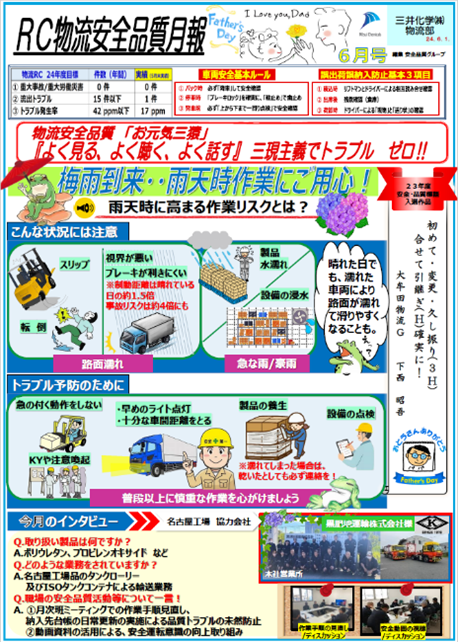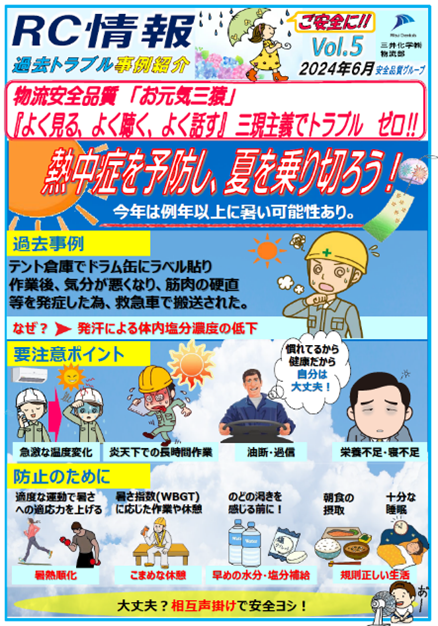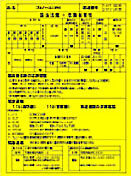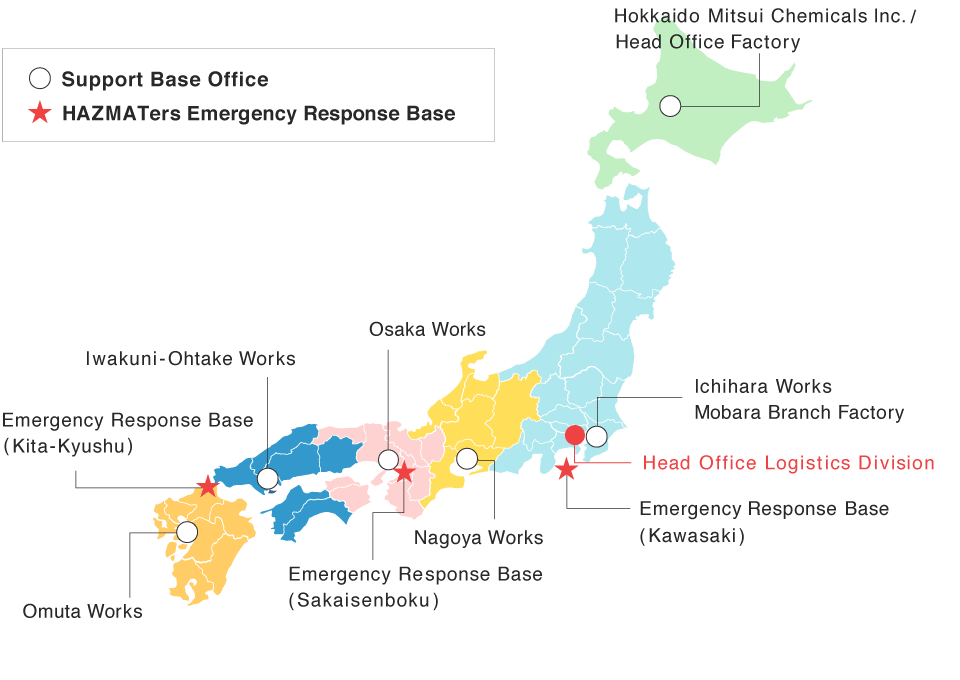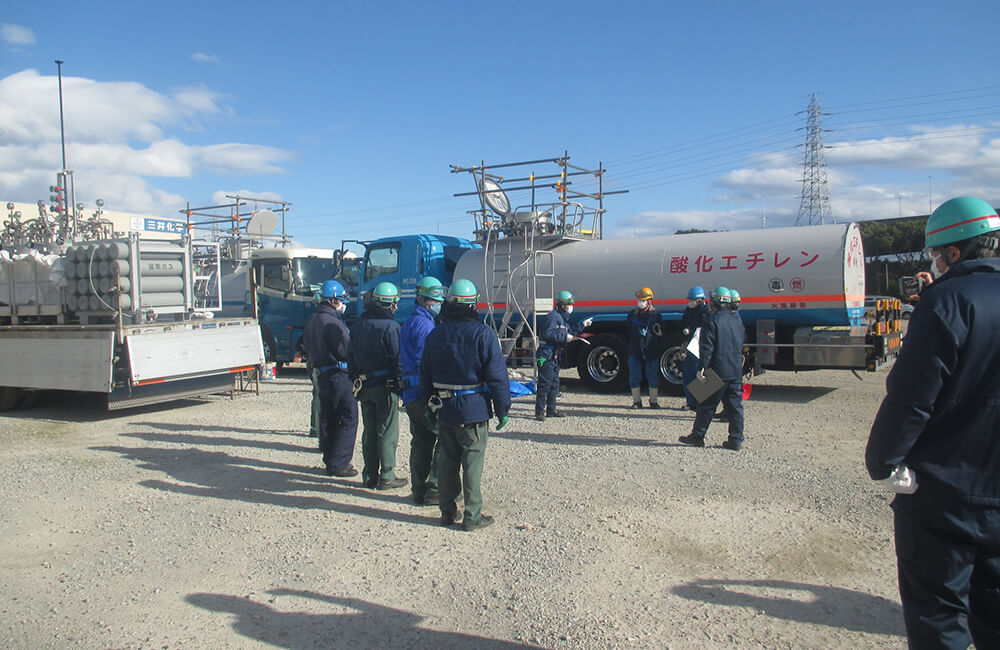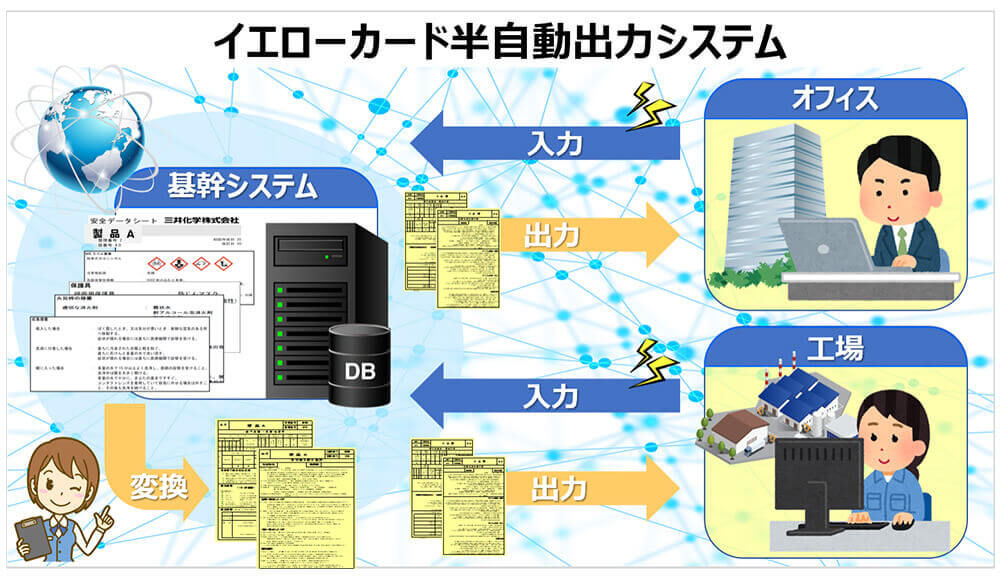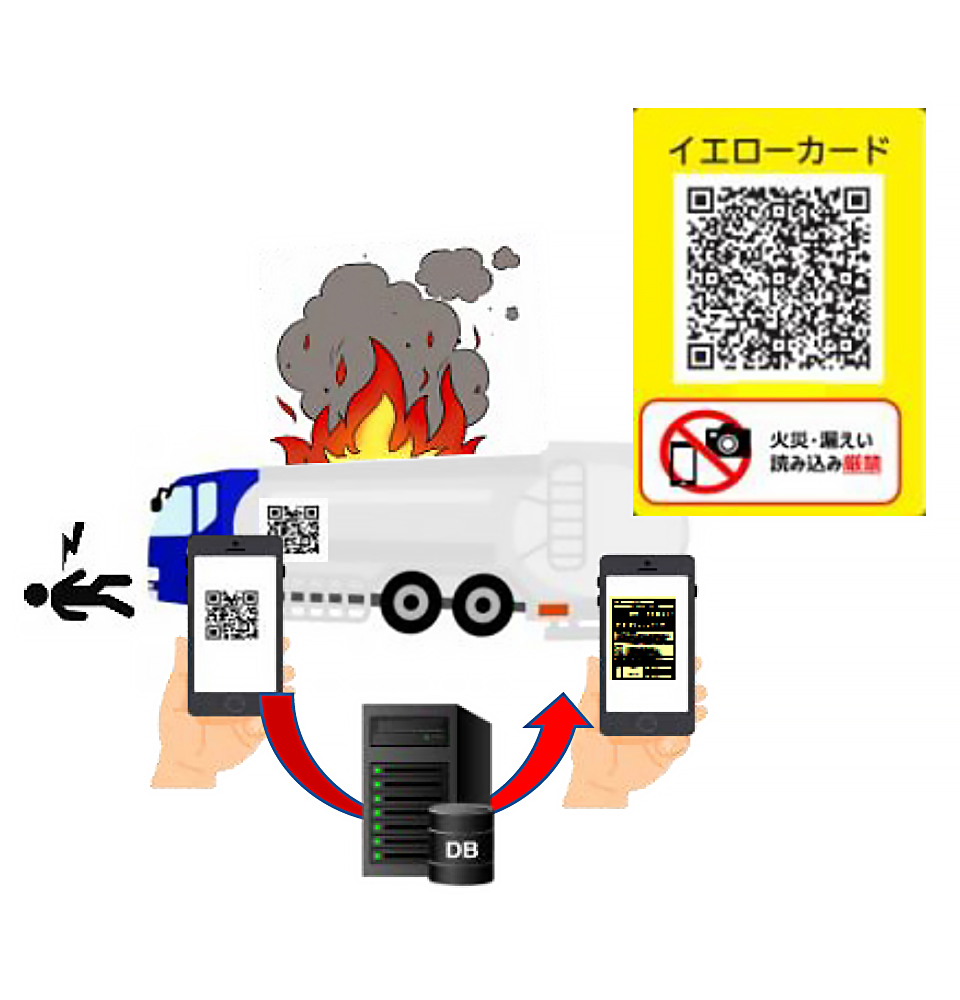Mitsui Chemicals conducts various initiatives to strengthen safety and quality in logistics. Particularly in recent years, the chronic shortage of logistics personnel on a global scale, combined with the 2024 issues* in Japan, has caused serious problems in maintaining the safety and quality such as the lack of experience and insufficient transfer of skills that are the foundation of logistics. Therefore, we focus on joint education with its logistics providers to improve logistics safety and quality.
As part of these specific initiatives, we are enhancing on-site capabilities centered around Logistics Responsible Care (RC) promoters appointed from logistics departments at headquarters and each Works. These activities include hands-on training at the Plant Operation Technology Training Center, experiential training organized by truck companies, and visits to logistics facilities such as ports, airports, JR freight terminals, and truck terminals.
Furthermore, we believe that in order to achieve logistics that ensures safety, environment, and quality, it is important for the logistics field to be fully aware of logistics RC, and we conduct logistics RC education and training jointly with our logistics providers. In addition, we instruct and confirm that our logistics providers conduct the same management when they re-consign the operations to their partners. For products whose major logistics functions have been transferred to an outsourced logistics provider for management, we are implementing similar activities under the initiative of the logistics providers and in cooperation with the logistics division at each of our Works.

